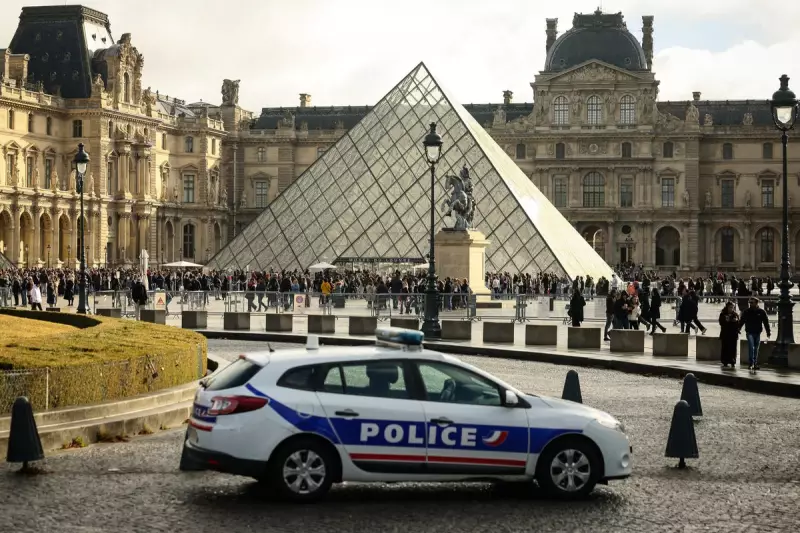
In a stunning revelation that has sent shockwaves through the art world, the Louvre Museum in Paris narrowly avoided what could have been one of the most devastating art heists in modern history. The near-catastrophe unfolded not through sophisticated tunnelling or Ocean's Eleven-style planning, but through one of the most elementary cybersecurity failures imaginable.
The Password That Opened the Palace
Security footage obtained by investigators shows how hackers gained access to the museum's internal systems using the astonishingly simple password '123456'. This basic combination, equivalent to leaving the museum's digital front door unlocked, provided intruders with potential access to sensitive security information and movement patterns.
The breach occurred despite the Louvre housing some of the world's most priceless artworks, including the Mona Lisa and the Venus de Milo, collectively valued at hundreds of millions of pounds.
A Wake-Up Call for Cultural Institutions
Cybersecurity experts have expressed profound concern over the incident, noting that if such a fundamental security flaw exists at one of the world's most prestigious museums, similar vulnerabilities could be widespread across cultural institutions globally.
"This isn't just about stolen art," explained Dr Eleanor Vance, cybersecurity analyst at Oxford University. "It's about protecting our shared cultural heritage. The Louvre incident demonstrates that even the most high-profile institutions can be brought to their knees by the simplest of oversights."
What Was at Stake?
- Access to security camera feeds and patrol schedules
- Potential knowledge of alarm system vulnerabilities
- Information about artwork transportation and storage
- Staff movement patterns and security protocols
The museum has since launched a comprehensive security overhaul, implementing multi-factor authentication and mandatory cybersecurity training for all staff members. However, the incident serves as a stark reminder that in the digital age, the greatest threats to physical security often begin in the virtual world.





